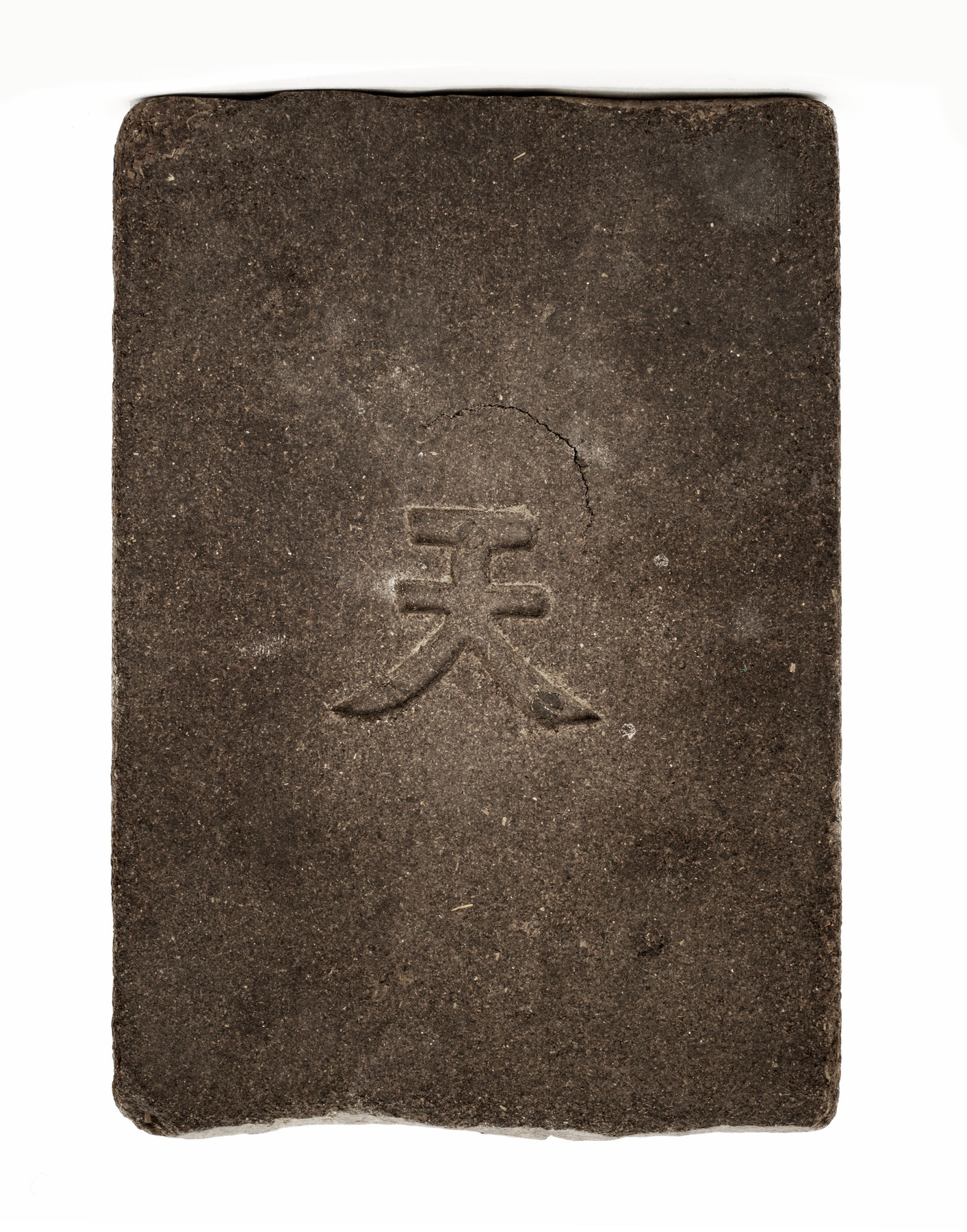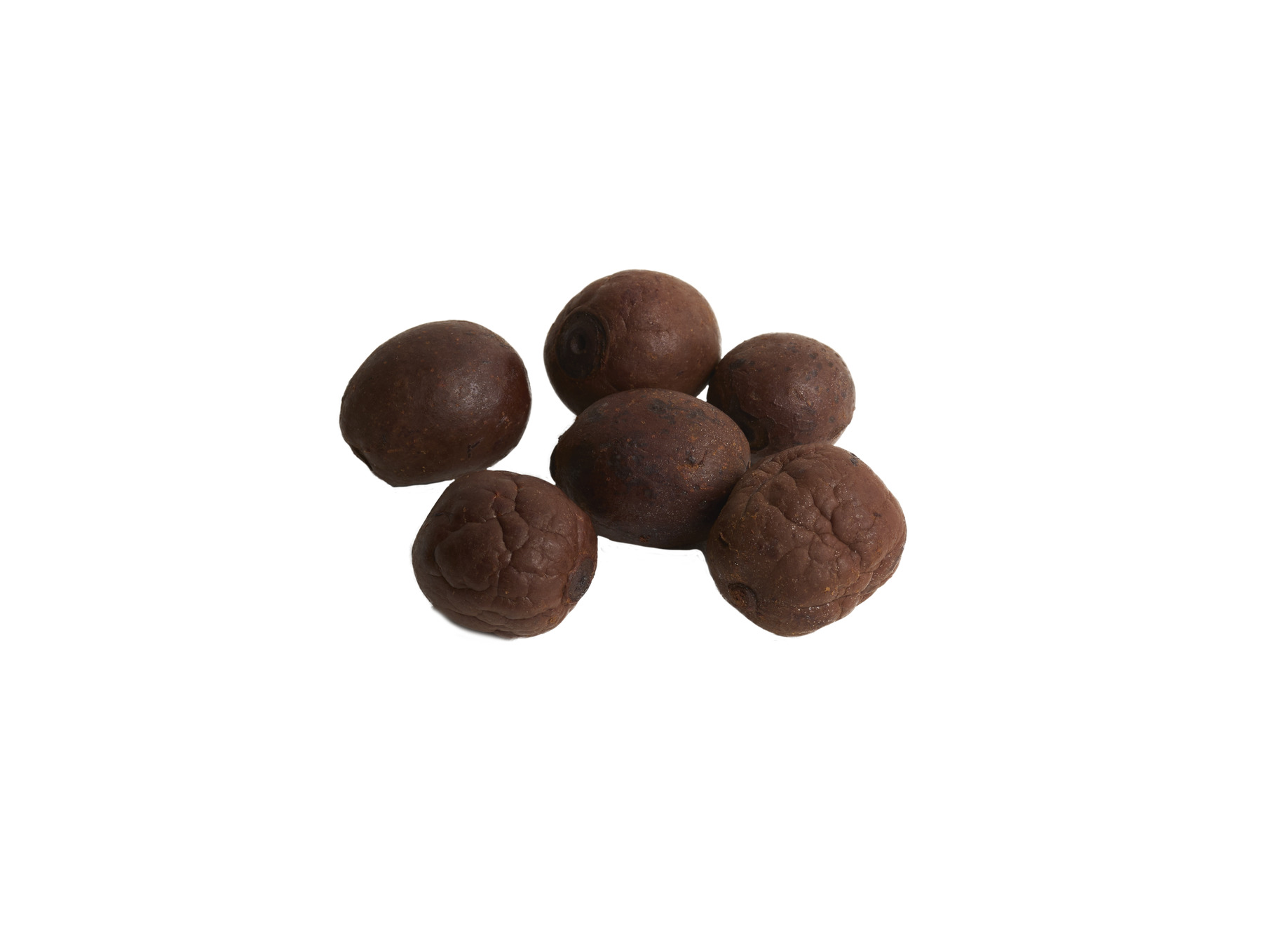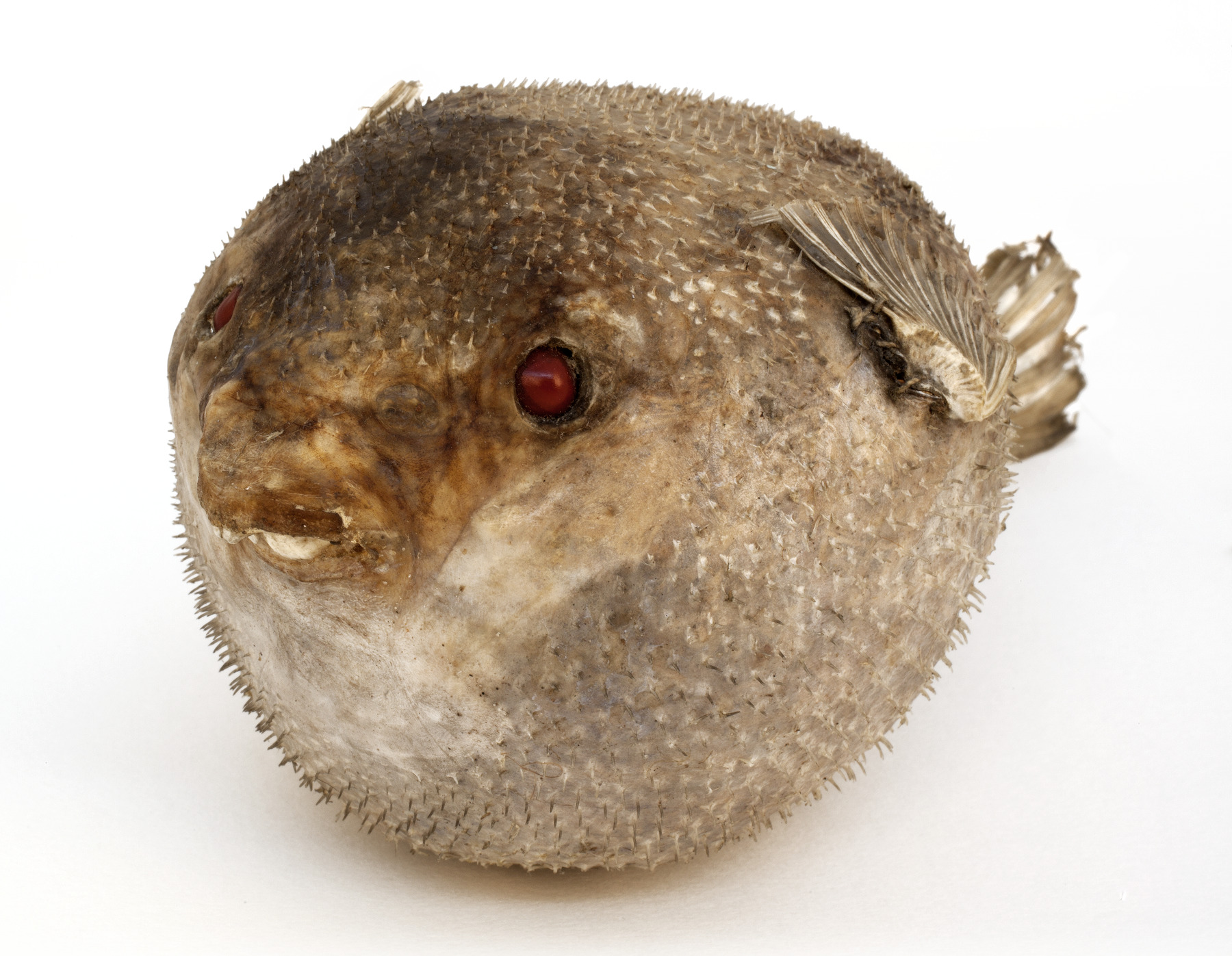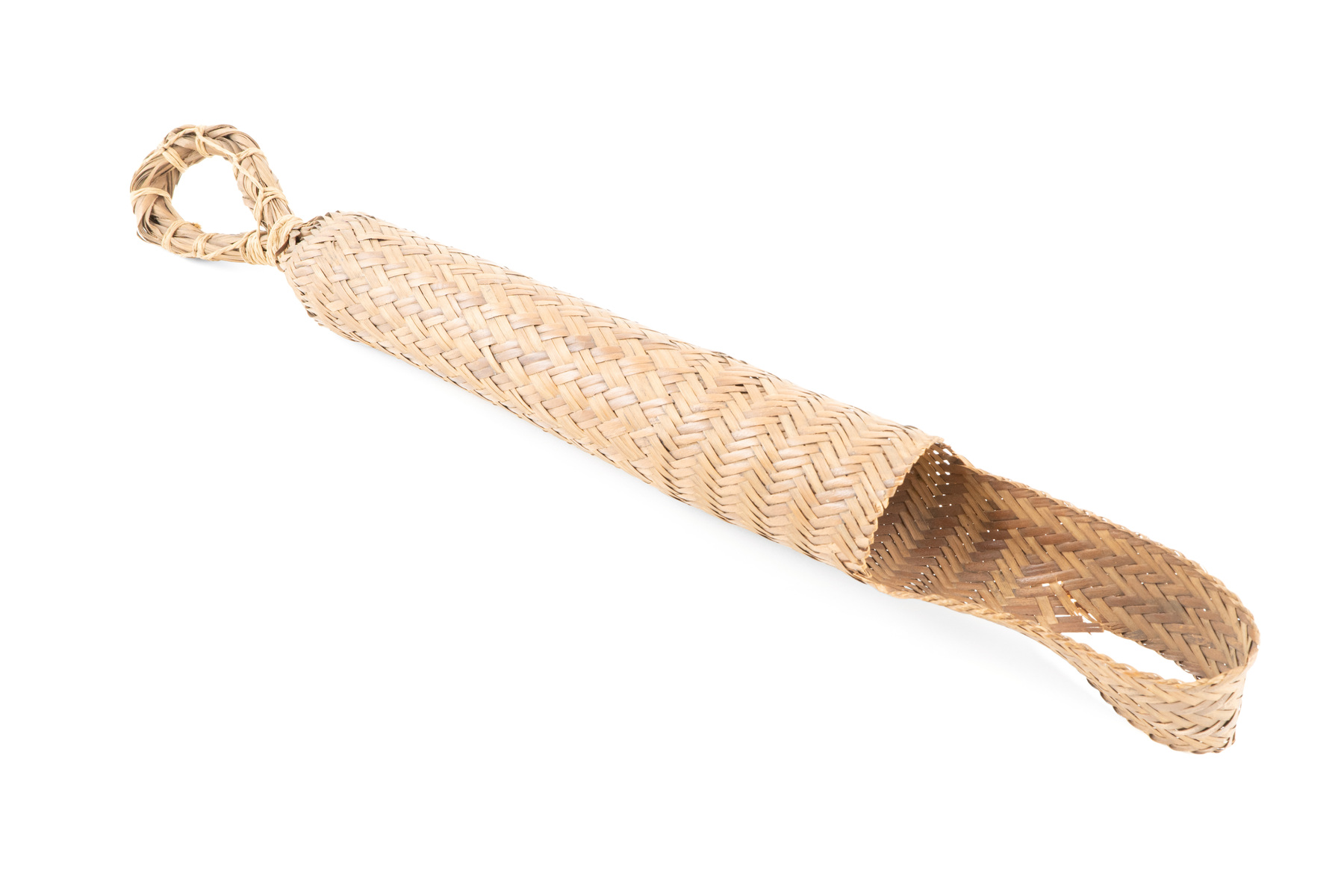Poisons and Food

Throughout history, people have accepted risks for the potential benefit.
Ingesting poisons is just one example: there are numerous examples of people intentionally consuming food and drink with poisonous content. Here, dosage is paramount. In order to safely ingest these products, they must be prepared in such a way that the dosage of the poison is minimal. These techniques range from the removal of highly toxic ingredients overseen by specially trained chefs, to physically squeezing poisons out of plants so they can be consumed safely.

Tea brick
This tea brick made in China in 1885 represents a popular beverage traded and sold around the world for centuries. The astringent, bitter taste of tea is due in part to tannins, a chemical many plants develop as a built-in pesticide. In moderation, tea tannins may have antioxidative and anti-inflammatory effects, but consuming too much of them may interfere with digestion and nutrition, especially as they can decrease the body’s absorption of iron.
ABDUA:61832

Coffee fruits
These fruits contain beans, or pips, which are one of the most common sources of caffeine in the world and are the primary ingredient to make coffee. Caffeine, an alkaloid found in coffee as well as tea, energy drinks, and chocolate, is the most frequently ingested stimulant in the world. Caffeinated beverages are enjoyed worldwide for their ability to make drinkers feel more alert, but consuming too much can result in symptoms including heart palpitations, anxiety, and insomnia.
ABDUZ:57740

Pufferfish
Pufferfish are often considered to be a dining luxury in Japan, Korea and sometimes elsewhere in East Asia. Called ‘fugu’ in Japanese, its preparation is strictly overseen as pufferfish carry the fatal poison tetrodotoxin which must be completely removed before eating. Despite – or because of - its dangerous aspect, pufferfish remains a delicacy.
ABDUZ:22958

Tipiti
This net from the Amazon made of plaited vegetable fibre is used in the processing of cassava tubers, which contain lethal amounts of cyanide. A staple crop in South America, and one of the most consumed carbohydrates in the world, cassava is used to make popular foods such as tapioca. Before consumption, however, the cassava root must be made safe to eat. Cassava root is grated and placed inside the tipití, which is twisted at either end to squeeze and remove poisonous juices.
ABDUA:9254





